National Institute of Aerospace - Spring 2020 Featured Courses

A large suite of graduate engineering and science courses are made available each semester via NIA. In Spring 2020, over 100 classes will be available from member institutions, including Georgia Tech, NC State, the University of Maryland, UVa, Virginia Tech, ODU, Hampton University and William and Mary.
Click here to see the 2020 Spring Academic Calendar and full Course Listings.
In addition, classes taught by Langley Professors or other faculty-in-residence as well as some special topics available locally are featured each semester.
North Carolina State University
MAE 787 – Structural Health Monitoring
3 hours, MW 8:30 – 9:45 a.m.
Dr. Fuh-Gwo Yuan, yuan@ncsu.edu
The course will provide the students with in-depth knowledge of technologies in structural health monitoring using smart materials as sensing and actuating elements to interrogate the structures. Damage detection techniques such as wave, impedance, and vibration-based damage detection techniques will be discussed and applied to different types of structures. Advanced signal processing techniques such as wavelet, neural network, and principal component analysis will be used to make the damage more quantifiable.
Prerequisite: MAE 541, 513 or equivalent
More information can be found at:
https://www.engineeringonline.ncsu.edu/course/mae-787-structural-health-monitoring/
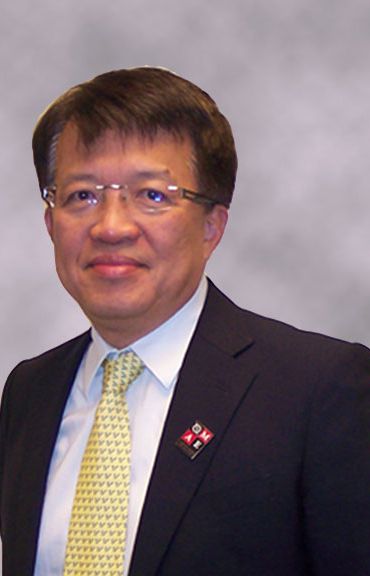

Fuh-Gwo Yuan is a professor of Mechanical and Aerospace Engineering at North Carolina State University and is one of the Samuel Langley Professors at NIA. Professor Yuan is an expert in structural health monitoring, damage tolerance of composite structures, smart materials and structures, and fracture and life prediction of advanced materials and structures.
Virginia Tech
ME 5734 – Advanced Engineering Acoustics
3 hours, TR 3:30 – 4:45 p.m.
Dr. Chris Fuller, cfuller@vt.edu
The fundamental principles underlying the generation, transmission and reception of acoustic waves will be presented. Methods for analytically investigating various acoustic and structural acoustic situations encountered in practice will be developed. The application of these methods to typical engineering problems with physical interpretation of the results will be demonstrated.
Prerequisite: ME 4724 (Engineering Acoustics) or permission of the instructor
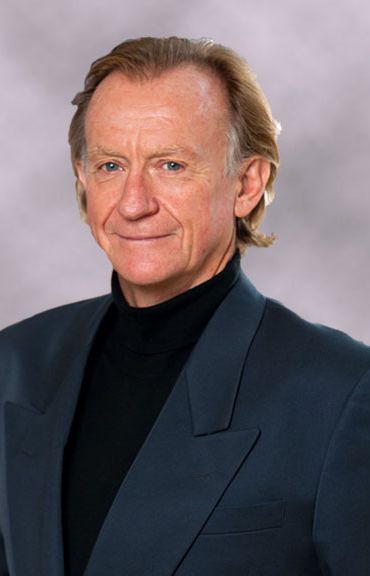

Christopher R. Fuller is a professor of Mechanical Engineering at Virginia Tech and is one of the Samuel Langley Professors at NIA. Professor Fuller is an expert in acoustics, noise and vibration control, active noise control, control of interior noise and vibration in aerospace applications, launch vehicle payload noise, and other related concerns in the automotive and marine industries. He is a Fellow of the Acoustical Society of America and lead author of the book “Active Control of Vibration.”
University of Virginia
ECE 6502 – Photovoltaics
3 hours, Asynchronous
Dr. Mool Gupta, mgupta@virginia.edu
The photovoltaics class is a one-semester course designed to provide a fundamental understanding of the subject of photovoltaics. Topics that will be covered include basic principles of photovoltaics, light absorption, charge generation and transport, p-n junctions, photovoltaic device design, fabrication and applications, light trapping structures, organic solar cells, nanomaterials for solar cells and future prospects of PV technology.
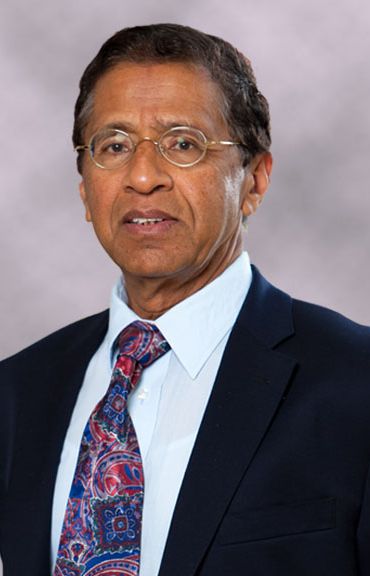
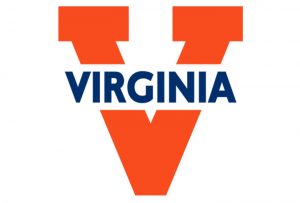
Mool Gupta is currently a Langley Distinguished Professor and Founding Director of the NSF Industry/University Cooperative Research Center for Lasers and Plasmas at the University of Virginia. Prior to joining UVa he was the director of the Applied Research Center at the Jefferson Laboratory.
Old Dominion University
CHEM 795 / PHYS 495 / MAE 795/895
Topics: Spectroscopy of
Atmospheres
3 hours, MW 9:30 – 10:45 a.m.
Dr. Peter Bernath, pbernath@odu.edu
This is a fully synchronous class and regular attendance is required.
Introduction and background to spectroscopy, astronomy and atmospheric science. Molecular symmetry, point groups, character tables. Quantum mechanics; Born-Oppenheimer approximation. Atomic spectroscopy; stellar and interstellar spectra, meteor ablation. Rotational spectroscopy; dark molecular clouds, atmospheric emission, radar. Vibrational spectroscopy; cool stellar spectra, planetary and exoplanetary spectra, remote sensing of atmospheric composition, weather forecasting. Raman spectroscopy; Ring effect. Electronic spectroscopy; cool stars, diffuse interstellar clouds, atmospheric transmission, photochemistry.
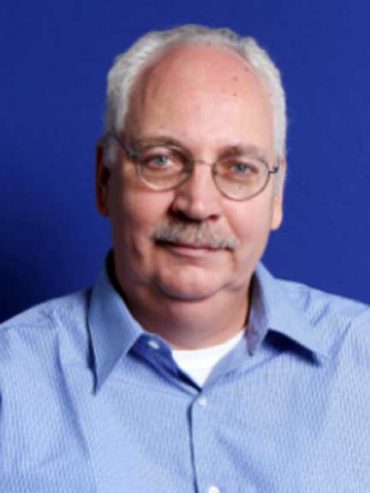
Peter Bernath is a Professor and former Chair of the Department of Chemistry & Biochemistry at Old Dominion University. His research interests are in laboratory spectroscopy, molecular astronomy and atmospheric science. Since 1998, he has been mission scientist for the Atmospheric Chemistry Experiment (ACE) satellite. He serves as Editor-in-Chief, Journal of Quantitative Spectroscopy & Radiative Transfer.
MAE 602 – Fluid Dynamics and Aerodynamics
3 hours, TR 2:30 – 3:45 p.m.
Dr. Colin P. Britcher, britcher@aero.odu.edu
Conservation laws for viscous and inviscid flows. Boundary conditions; analytical and numerical solution of viscous flow problems; boundary-layer theory; 2 and 3-dimensional potential flows; applications to airfoils, wings, and internal flows; introduction to turbulence
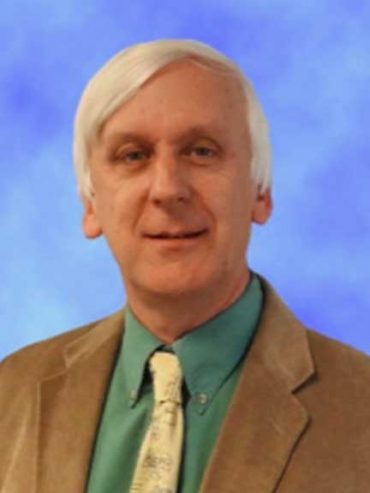

Colin Britcher is a professor of Mechanical and Aerospace Engineering at Old Dominion University and serves as Director of Graduate Programs at NIA. He has many years of experience in experimental aerodynamics, particularly wind tunnel design and test techniques.
Georgia Tech
AE 6344. Aircraft Design II
4 Hours. MW 1:55 – 2:45 p.m.
Dr. Dimitri Mavris, dimitri.mavris@aerospace.gatech.edu
Students work together on this application to complete the preliminary design stage of a specific aircraft or missile. Participants are exposed to disciplinary and interdisciplinary issues.
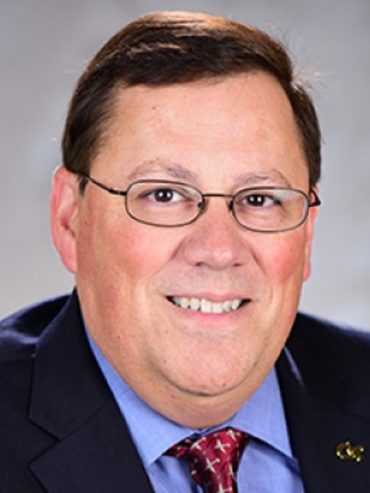
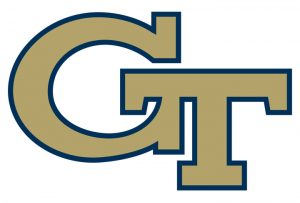
Dimitri Mavris is a Regents’ Professor, Boeing Professor of Advanced Aerospace Systems Analysis, and an S.P. Langley Distinguished Professor. He also serves as the director of the Aerospace Systems Design Laboratory (ASDL) and executive director of the Professional Master’s in Applied Systems Engineering (PMASE). His primary areas of research interest include advanced design methods, aircraft conceptual and preliminary design, air-breathing propulsion design, multi-disciplinary analysis, design and optimization, system of systems, and non-deterministic design theory.
University of Maryland
ENAE 788G – Topics in Aerospace Engineering: Aeroacoustics
3 hours, TR 11 a.m. – 12:15 p.m.
Dr. James Baeder, baeder@umd.edu
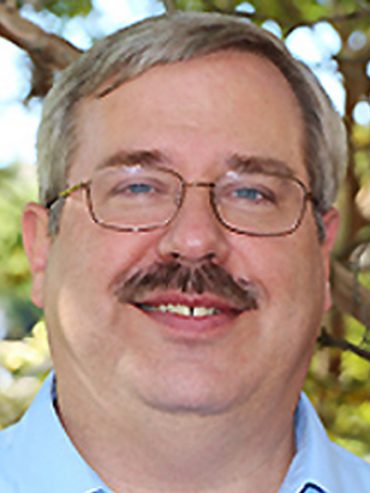
Aeroacoustics deals with sound generated fluid mechanically because of turbulence, the motion of solid bodies through a fluid, vortex and shear flows, propagating shocks, and combinations of these mechanisms. Besides considering the source and propagation of such sounds through fluid, aeroacoustics is also concerned with the measurement of aircraft noise, the subjective response to noise, the suppression of noise, and the requirements that noise reduction place on the design process, Thus the field of aeroacoustics is tightly linked to related branches of acoustics such as: fundamental acoustics, physiological and psychological acoustics, structural acoustics, architectural acoustics, transportation noise, and operational acoustics. This course will examine the basics of fundamental acoustics as well as the source of noise generation and propagation in aerospace applications (primarily jet noise and rotor noise). This will require the derivation and application of various methods applicable to acoustic propagation.
James Baeder is a member of the Alfred Gessow Rotorcraft Center as Professor in Aerospace Engineering at the University of Maryland; he is currently UMDs Associate Distinguished Langley Professor Chair at the National Institute for Aerospace. His research interests are in developing and applying Computational Fluid Dynamic methods to better understand and predict rotary and flapping wing aerodynamics, acoustics and dynamics. Currently he is pioneering the development of improved CFD algorithms, with a focus on GPGPU technology, to: capture the details of laminar/turbulent transition; dynamic stall; as well as tip vortex formation, convection and interaction with other surfaces including fuselages, towers or the ground and including adjoint capabilities. Dr. Baeder is an Associate Fellow of AIAA and a member of AHS. He currently chairs the Innovation and Commercialization Committee of the Business Network for Offshore Wind as well as the National Offshore Wind Innovation Center.
ENAE 788V – Topics in Aerospace Engineering: Motion Planning for Autonomous Systems
3 hours, TR 2 – 3:15 p.m.
Dr. Michael Otte, otte@umd.edu
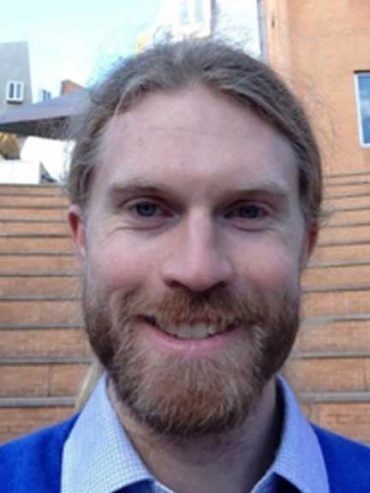
Autonomous systems (e.g., aircraft, vehicles, manipulators, and robots) must plan long-term movement that respects environmental constraints such as obstacles, other actors, and wind; system constraints such as kinematics, dynamics, and fuel; as well as factors such as time and safety. Robust autonomy also requires dealing with environmental changes, new information, and uncertainty. This course provides an overview of such problems and the methods used to solve them.

Michael Otte is an Assistant Professor of Aerospace Engineering at the University of Maryland. His research interest focus on the design and analysis of algorithms for autonomous vehicles and robotic systems, including motion planning for single and multi-agent systems, and distributed algorithms that enable robotic teams and/or swarms to pool resources in order to solve their common problems. Particularly interests relate to applications where the environment is hazardous and/or changing and communication is unreliable.
